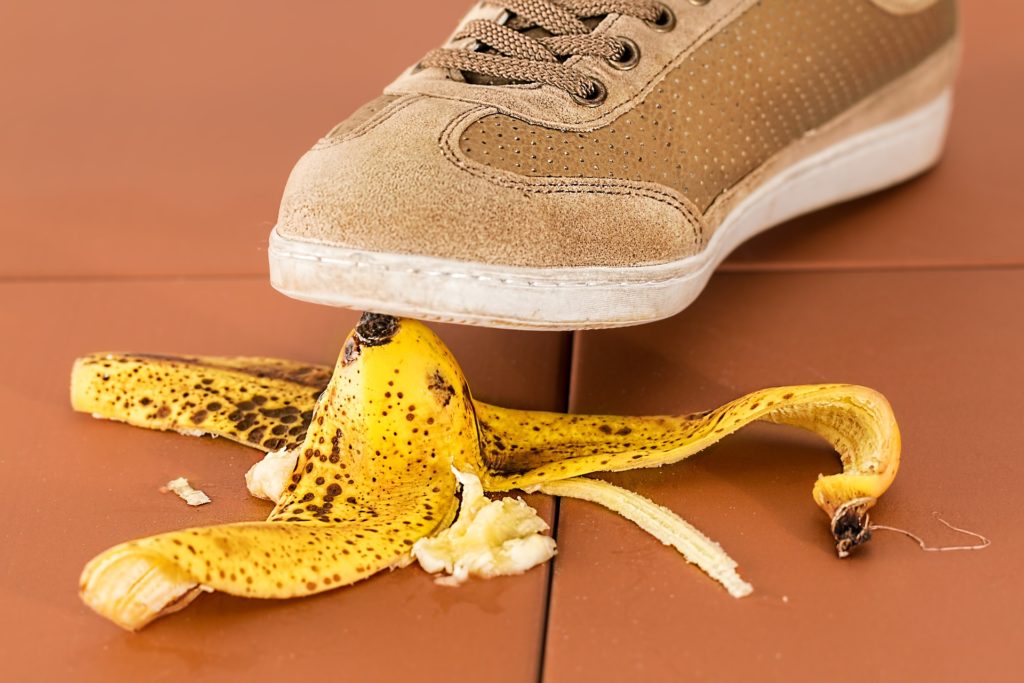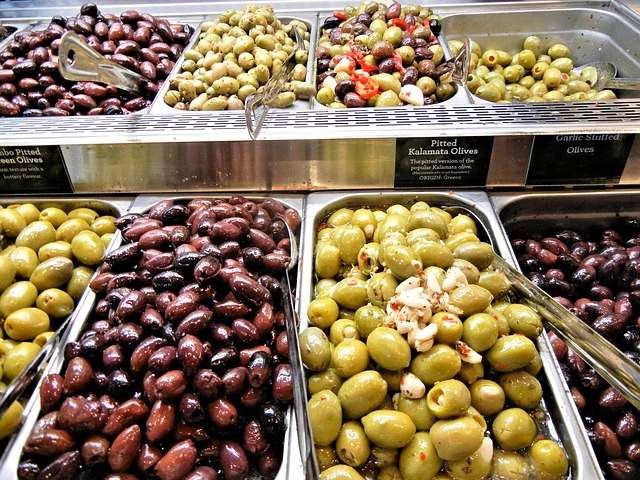
Premises liability is the area of law pertaining to when an individual is able to seek redress for an injury caused on the property of another, including retail businesses of all types.
The law surrounding premises liability was formed before the modern digital era, at a time when businesses were small and local and the role of employees was to retrieve items a customer wished to purchase.
The physical aspects of businesses from bygone eras have evolved as larger and larger multi-national corporations shifted responsibility for retrieving merchandise in ever-larger stores from employees to customers.
While business models have adapted over time, the law surrounding premises liability sagged behind. As a result, traditional premises liability law is ill-equipped to handle injuries borne from modern self-service behemoths.
Under traditional premises liability law, in order to state a successful claim an injured party must prove:
- The existence of a defect.
- That the defendant knew or in the exercise of reasonable care should have known about the defect.
- That such defect had existed for such a length of time that the defendant should, in the exercise of reasonable care, have discovered it in time to remedy it.
What happens when traditional premises liability is applied to an injury that occurred at a self-service salad bar of a grocery store?
Let’s say, for example, a customer was walking past the salad bar at a grocery store and slipped and fell on a piece of food a previous customer had dropped, perhaps an olive.

Under traditional premises liability law, the first element, the existence of a defect, is satisfied because there was in fact a foreign object on the store’s floor that caused a customer to slip and fall.
While the fact that a defect existed can be proven, the last two elements, relating to whether the grocery store had actual or constructive notice of the defect, are more difficult, if not impossible to prove.
For instance, if there is no video surveillance of the salad bar, how can an injured party prove that the olive was on the ground for a long enough period of time where an employee of the store should have spotted it and picked it up? A customer who unexpectedly slips on an olive would have no way of knowing whether the olive fell to the floor two minutes or two hours ago.
Without being able to prove this element, a customer would have no ability to show that the store knew or should have known about the defect. Traditional premises liability is inapplicable to this type of injury.
Rather than allow businesses to avoid liability altogether for these types of injuries, Connecticut Courts have recognized a new theory of premises liability called the mode of operation rule.
Under this rule, an injured party does not need to show notice of the defect under the latter two elements of traditional premises liability. Instead, under the mode of operation rule, an injured party establishes the liability of a business by presenting evidence that the manner in which the business chose to display or make available a particular item, the mode of operation, gave rise to a foreseeable risk of injury to customers and that the injured party’s injury was proximately caused by an accident within the zone of risk.
Read How the Mode of Operation Rule Affected a New Jersey Case
Essentially, the mode of operation rule is available when a business’s manner of displaying a product creates a foreseeable risk of injury, and a customer was injured by this foreseeable risk within a reasonable proximity to the product or display that created the risk.
Applying the mode of operation rule to the above example of an injury caused by a stray olive at a salad bar results in a vastly different outcome than if only traditional premises liability was available:
- First, it is reasonably foreseeable that customers who are required to scoop olives into store-provided containers would sometimes drop olives on the ground.
- Second, it is recognized that a wet object like an olive, when dropped, could create a slip and fall hazard.
Therefore, we have established that the grocery store’s mode of operation created a foreseeable risk of injury.
- Third, in our example, the slip and fall did in fact result from our hypothetical party slipping on an olive.
- Fourth, the hypothetical injured customer slipped and fell around the salad bar.
Combining these last two factors demonstrates that the olive proximately caused the slip and fall and that the accident occurred within the zone of risk the salad bar created.
Our hypothetical customer would be able to set forth a valid claim without having to demonstrate how long the olive was on the ground.
Juxtaposed to the application of traditional premises liability law, the mode of operation rule allows an injured party to rightfully obtain compensation for an injury without having to prove notice to the business of the injury-causing defect.
Read About a Lawsuit Prompted by a Slip and Fall on Blueberries at Walmart
Though Connecticut Courts have recognized the mode of operation rule, its application is not without constraint. Connecticut Courts require that the claimed mode of operation that created a foreseeable risk of injury be distinct from the general self-service model of a business.
What that means is the foreseeable risk of injury cannot come from the self-service nature of a business, but rather how this self-service model converges with the display of a particular product.
This application of the rule seeks to avoid entire stores being deemed zones of risk and thereby expanding premises liability beyond its traditional application.

Attorney Graham Moller
In the example of the salad bar, the zone of risk was located a reasonable distance from the salad bar because injuries occurring within that proximity would be reasonably foreseeable. If a customer slipped and fell on an olive at the opposite end of the store than the salad bar, the injury would not have occurred within a reasonable zone of risk and the mode of operation rule would not apply.
In practice, the mode of operation rule allows personal injury attorneys to have yet another tool at their disposal to help their clients.
Anyone with questions about a personal injury issue may contact me or any of the attorneys in our Personal Injury Law practice. Cramer & Anderson’s attorneys work with clients throughout western Connecticut, from the Massachusetts border to Lower Fairfield County and east to Greater Waterbury and beyond. The firm has six offices, in New Milford, Litchfield, Danbury, Ridgefield, Kent, and Washington Depot. For more information, see the website at www.crameranderson.com or call the New Milford office at (860) 355-2631.

